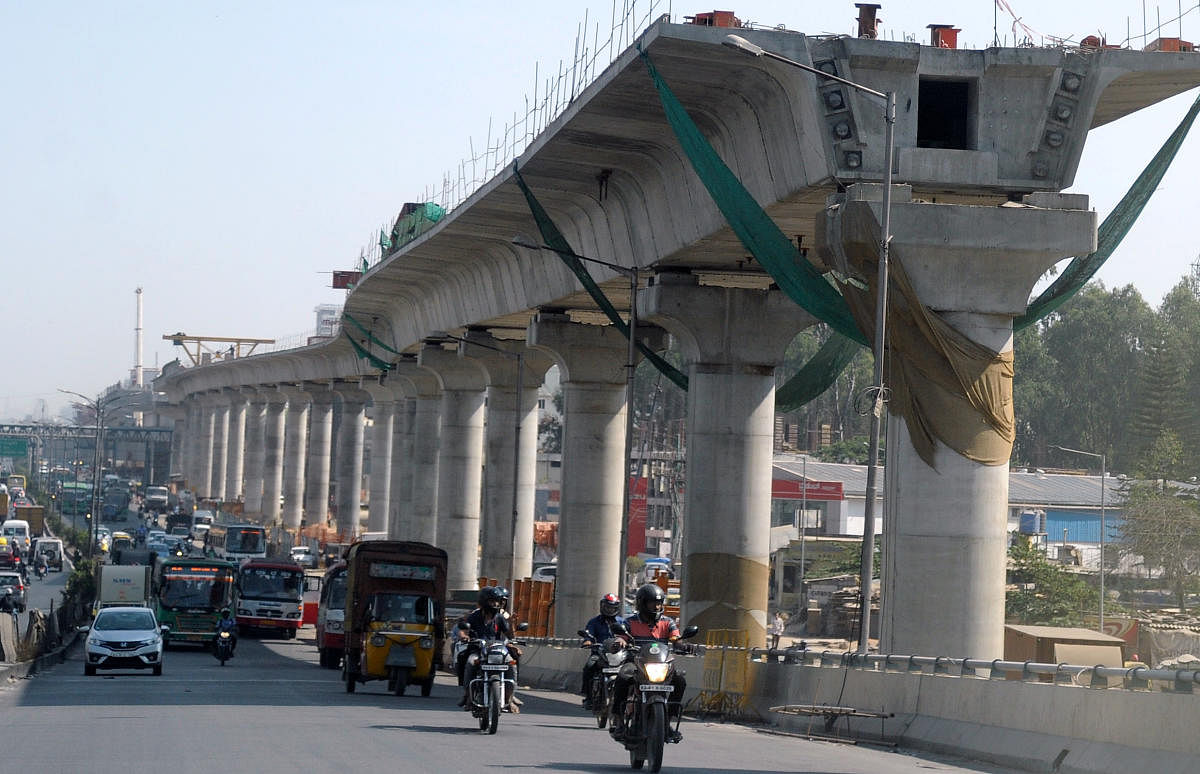
Over four lakh people may use the city’s existing metro system on any given day. However, using data and computer modelling, BMRCL officials and a team of IISc scientists are now looking for ways to up that number by directing more people into the upcoming Phase 2 metro stations.
Dubbed the ‘Multimodal Integration Concept Planning for Metro Phases 2A and 2B’, the study will examine seven new station locations to determine how to provide safe and convenient access to metro travellers.
“The new stations are to be made more accessible by making it easier for people to enter and leave them without being impeded by external traffic conditions. This will increase the number of people opting to use the metro,” said Dr Abdul R Pinjari, Chairman of the Center for Infrastructure, Sustainable Transportation and Urban Planning (CiSTUP) at the Indian Institute of Science.
The scientists, who have been collecting traffic analysis data ever since an MoU was signed with the BMRCL in January, have two key areas of study: understand and simulate pedestrian and vehicular movement around metro stations. Provide metro station design and infrastructure recommendations for seamless connectivity with other modes of travel while considering right-of-way constraints.
“Let’s say there is a metro station right next to the high-volume outer ring road. If somebody has to cross that high-volume road to get to the metro station, that might deter them from using the metro,” Dr Pinjari said.
Seven locations
The seven new station locations are Central Silk Board, Iblur, Marathahalli, KR Puram, Veerannapalya, Hebbal and Yelahanka. The idea, according to CiSTUP, is to reduce the incidences of conflict between pedestrian movement and vehicular traffic movement.
The findings could help the new stations incorporate parking lots to provide a ‘park and ride’ facility to commuters. Many existing metro stations do not have parking lots.
The scientists are also collecting data to “forecast” what major modes of transport metro users will use to arrive at or leave the stations. “The study will influence the final design of the Phase 2 station areas,” Dr Pinjari said, adding the Robert Bosch company is also helping with data collection and analysis. The BMRCL did not respond to a request for clarity on the matter. The IISc study is expected to be wrapped up in six months.